The Cataloguing Team is part of McGill Libraries’ Collection Services and they process thousands of items each year, enhancing the searchability of the library materials. These materials include new acquisitions, as well as backlog collections. One backlog collection is the Cutter Collection in Rare Books and Special Collections, which is the original collection of the McGill Libraries. It is also where this Bible was located, until it was catalogued.
One component of rare book cataloguing is provenance—the origins, history, and ownership of an item. Uncovering the provenance of a rare book often leads to dead ends but, once in a while, the former owners helpfully document the provenance themselves.
This 1638 edition of the King James Bible was printed at the University of Cambridge and first owned by King Charles I of England, Scotland, and Ireland. It includes the 1604 version of the Book of Common Prayer, with updated litanies to include prayers to Charles I, his Queen and issue, and six additional thanksgivings. A note on an added title states that “This Bible belongs to the family of Kelhead and was originally the property of King Charles the 1st.”
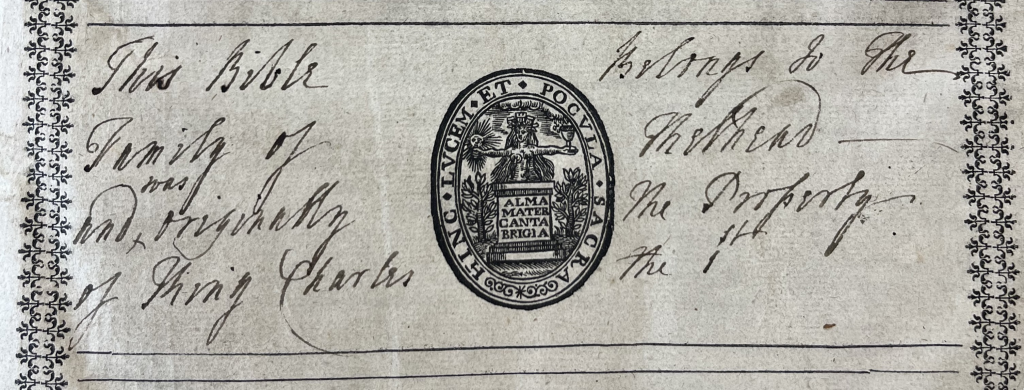
Anyone can claim their family hierloom was a gifted from a monarch, but there are several bits of information that support the Kelhead claim. Firstly, the Bible is bound in the Armorial binding of Charles I, including the Royal Arms of the Kingdom of England used from 1603-1649 and 1660-1689 with Crown and Garter. The motto of the British chivalric Order of the Garter, closely associated with the British Royal Family, honi soit qui mal y pense, is seen in the Garter.
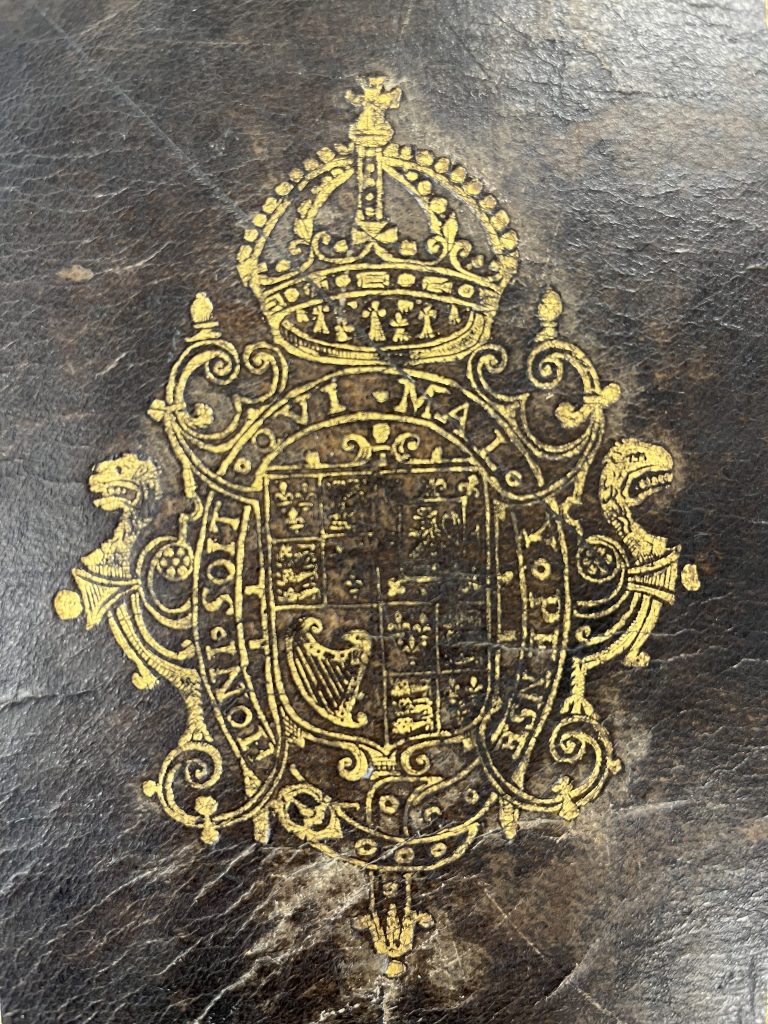

There are a couple letters laid in the item. They are from the 10th Marquis of Queensberry, stating that the Bible was gifted to William Douglas, the 1st Earl of Queensberry, by Charles I after he visited their castle in Scotland. As the book was printed in 1638 and William Douglas passed away in 1639 or 1640, it is likely Charles I gifted this Bible during the early stages of the First Bishop’s War in Scotland in 1639. Of William Douglas’ children, the Bible would pass between the descendants of his first son, James Douglas, the 2nd Earl of Queensberry, and his second son, Sir William Douglas of Kelhead.
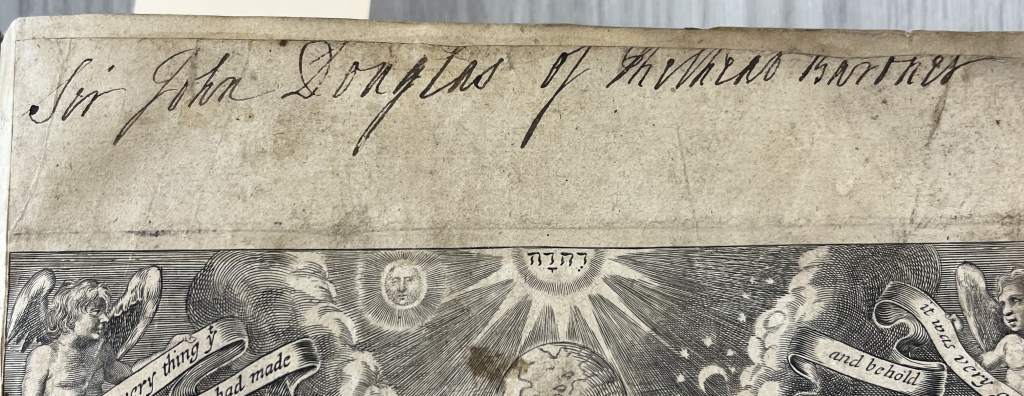
As seen above, the signature of” Sir John Douglas of Kelhead Baronet” is at the head of the engraved title page. John Douglas was the 3rd Baronet of Kelhead, the great-great-grandson of the 1st Earl of Queensberry. There is a second signature from a “Sir John Douglas” on the flyleaf preceding the engraved title page. It’s not clear which “Sir John Douglas” signed it but later John Douglas’ in that family inherited other titles. As seen in the simplified family tree below, the Douglas Baronets of Kelhead are a cadet branch of the Douglas Earls of Queensberry and the inheritors of this Bible.
The simplified family tree to the right illustrates how the Douglas Baronets of Kelhead are a cadet branch of the Douglas Earls of Queensberry and the inheritors of this Bible.
The two branches of the family merge after Charles and William Douglas, respectively the 3rd and 4th Dukes of Queensberry, left no legitimate male heirs. Consequently, the Marquessate of Queensberry, which was previously held with the Dukedom of Queensberry, were split. The Dukedom of Queensberry was inherited by the Dukes of Buccleuch while the Marquessate of Queensberry merged with the Kelhead Baronetcy under the 6th Marquess of Queensberry and 5th Baronet of Kelhead.
The signature of “Queensberry” on the front pastedown of the item is dated 1811, which likely belongs to Charles Douglas, the 6th Marquess of Queensberry and 5th Baronet of Kelhead. He held the Queensberry Marquessate from 1810-1837.
On the back flyleaves, there is a detailed family tree on the back flyleaves beginning with the 6th Marquess, Charles Douglas’ marriage to Lady Caroline Montagu (Scott) and all eight of their daughters. The family tree includes their daughters’ dates and places of birth, and their sponsors. The tree continues by breaking down each daughters’ husband, father-in-law, wedding date, wedding location, and officiant, as well as information about their children.
As the 6th Marquess had no male heirs, the family tree continues with his brother, John Douglas, the 7th Marquess of Queensberry, his wife Sarah, and their children. The family tree stops with the children of Archibald William Douglas, then Viscount Drumlaing and later the 8th Marquess of Queensberry.
Finally, there are a collection of letters, notes, and a newspaper clipping pasted on the back endpapers. One sheet on the back pastedown lists the issue of an earlier Kelhead Baronet: William Douglas, the 4th Baronet and Grace Johnstone. On the verso of the last flyleaf, there is a letter from a “Jane Goring” dated March 27, 1768. “Charles Douglas, Esq., Cecil Street” is written on the back of the letter, indicating that the letter was likely received by Charles Douglas, 3rd Duke of Queensberry from 1711 to 1778.
Due to the state of the letter, it’s not clear what, exactly, the contents of the letter are but it appears to be a letter from a daughter to her father. If that is the case, she may be an illegitimate daughter as by 1768, the 3rd Duke of Queensberry’s sons had all predeceased him without issue, as had this daughter-in-law, Lady Elizabeth Hope.
There is also an envelope containing two letters dated August 5 and August 7 1912. These letters are addressed to a “Mr. Burton” and signed “Queensberry.” These letters confirm the origin of the Bible—that it was first owned by Charles I, gifted to the 1st Earl of Queensberry, and passed down to his descendants. Another note dated “London, 2nd March 1900” indicates that this Bible was sold in 1900 for £5000 by Percy Sholto Douglas, 10th Marquess of Queensberry from 1900 to 1920. This is equivalent to approximately $1 million CAD today!
Finally, there is a newspaper clipping from August 2, published the day after Percy Sholto Douglas’ death on August 1, 1920 in Johannesburg, South Africa. The article erroneously refers to Percy Sholto Douglas as the Ninth Marquis when he is actually the 10th Marquess. The article itself paints an unflattering image of the 10th Marquess, referring to his chequered career, financial difficulties, lack of judgement, and the waste of his fortune and his talents.
There is no indication of what happened to this book between 1912 and 1939, but the McGill Libraries’ records indicate that the Bible was added to the library holdings on July 7, 1939.
The noteworthy former owners of this Bible also include colourful, (in)famous individuals such as the 9th Marquess of Queensberry, for whom the Queensberry Rules of Boxing are named. Additionally, the 9th Marquess is also known for his litigious interactions with Oscar Wilde. Lord Alfred Douglas, third son of the 9th Marquess, was in a romantic relationship with Oscar Wilde. This relationship, and the subsequent legal battles against Wilde, eventually led to Oscar Wile’s conviction for gross indecency.


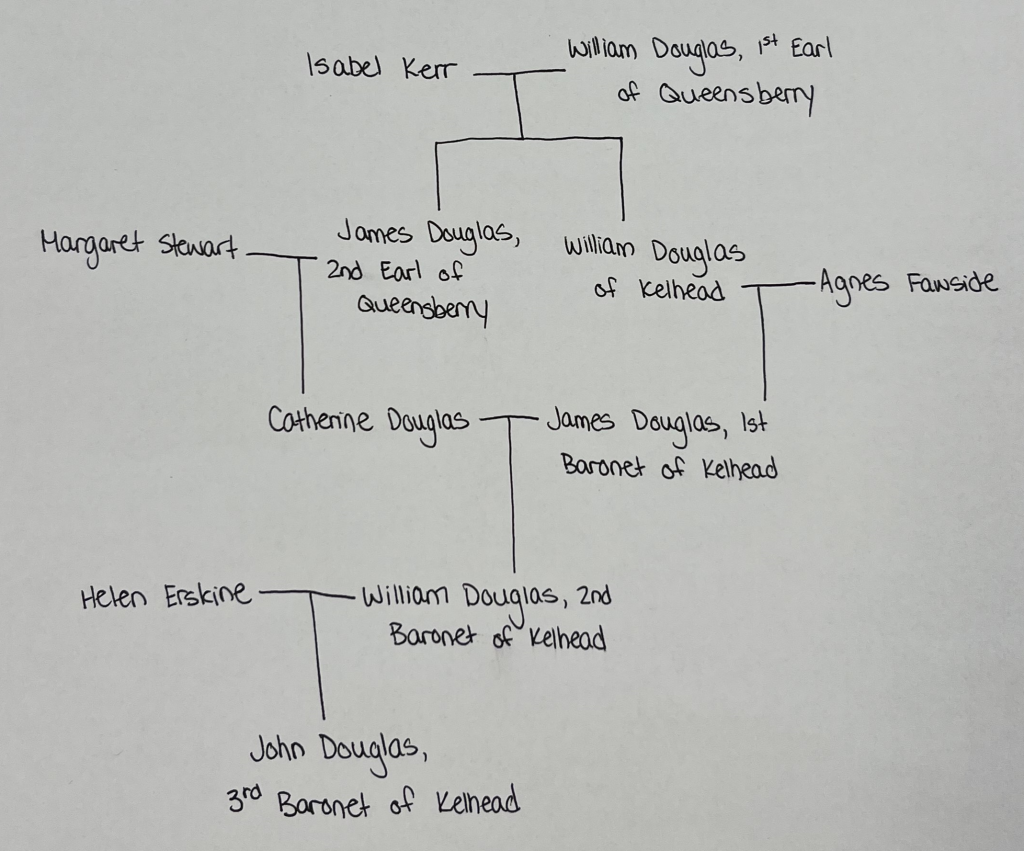
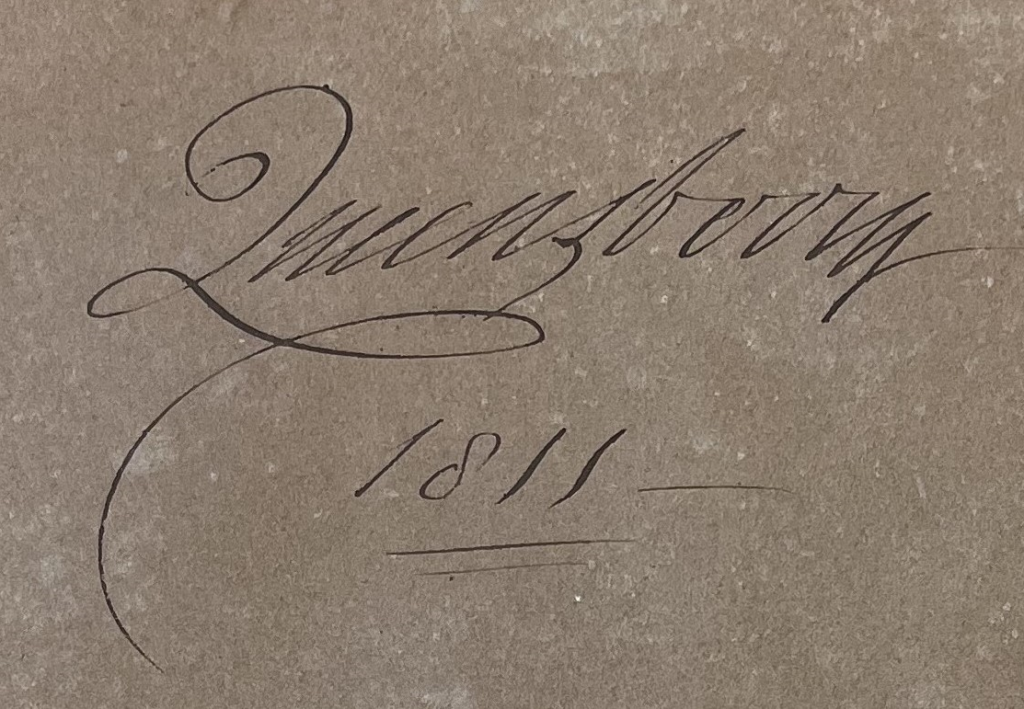
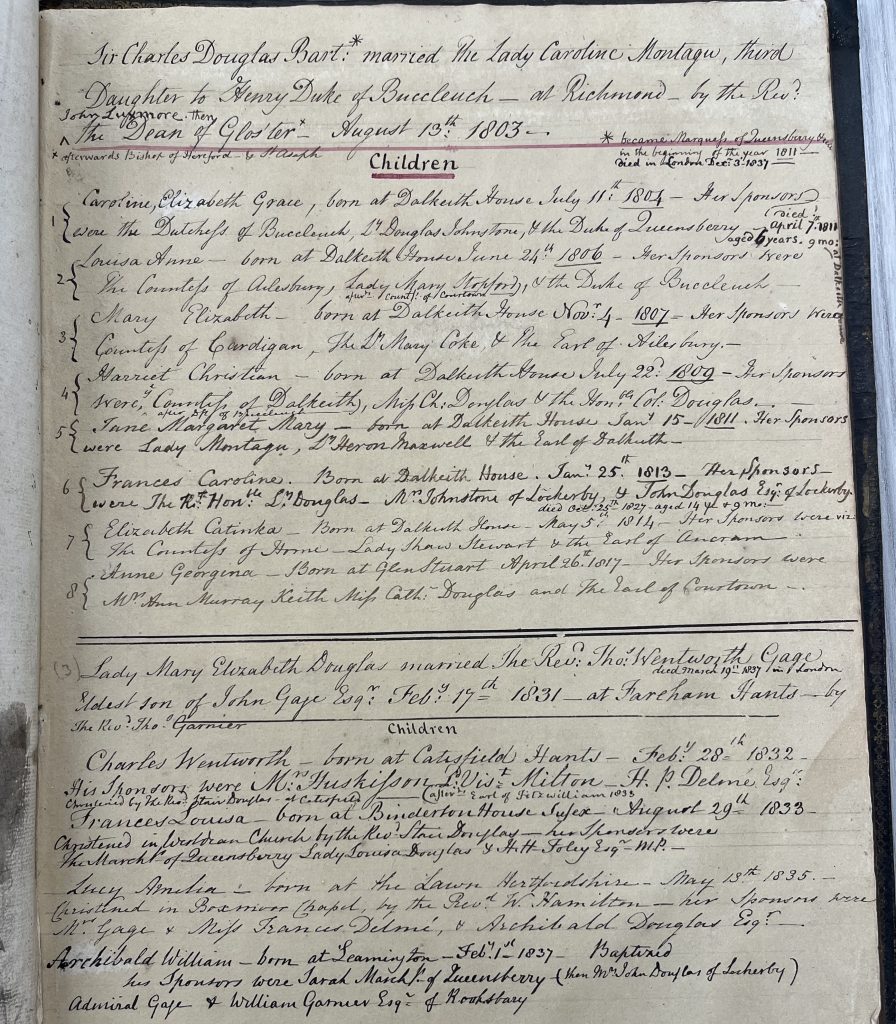
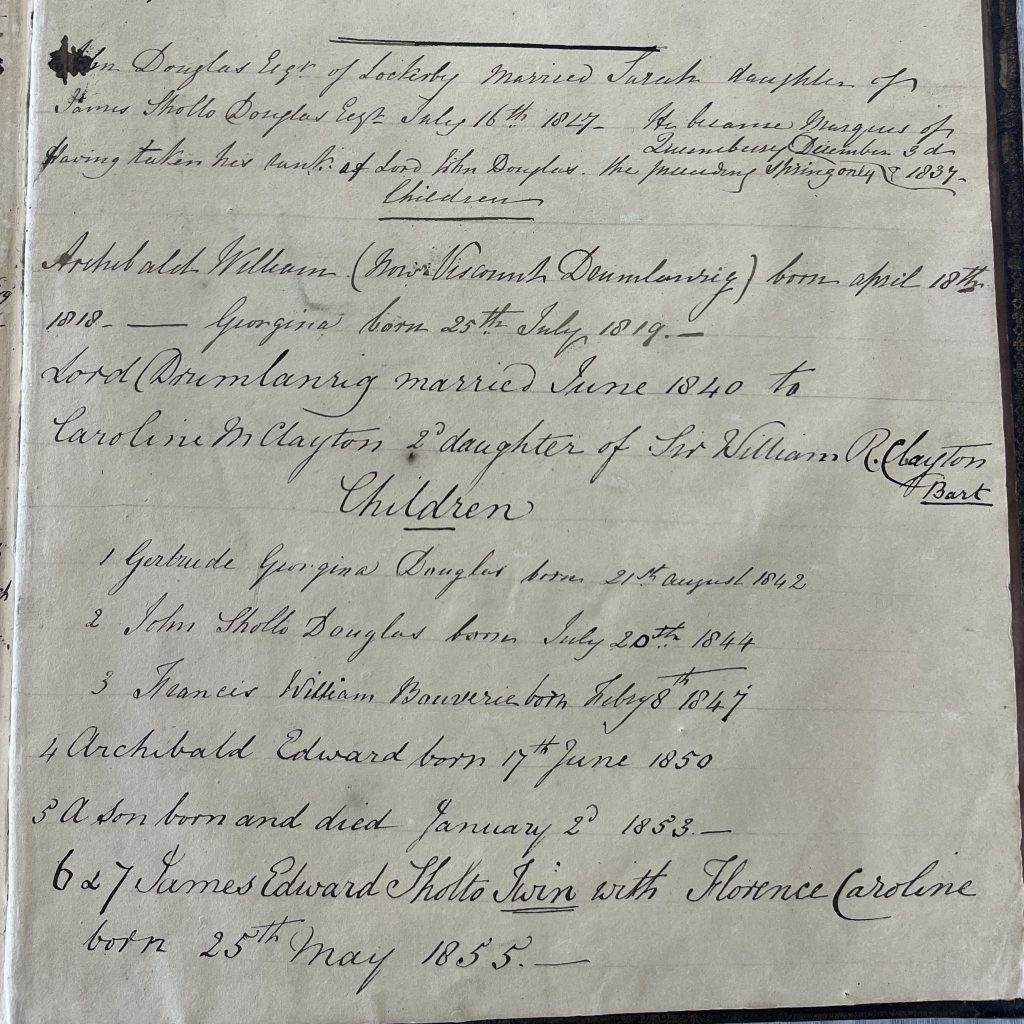
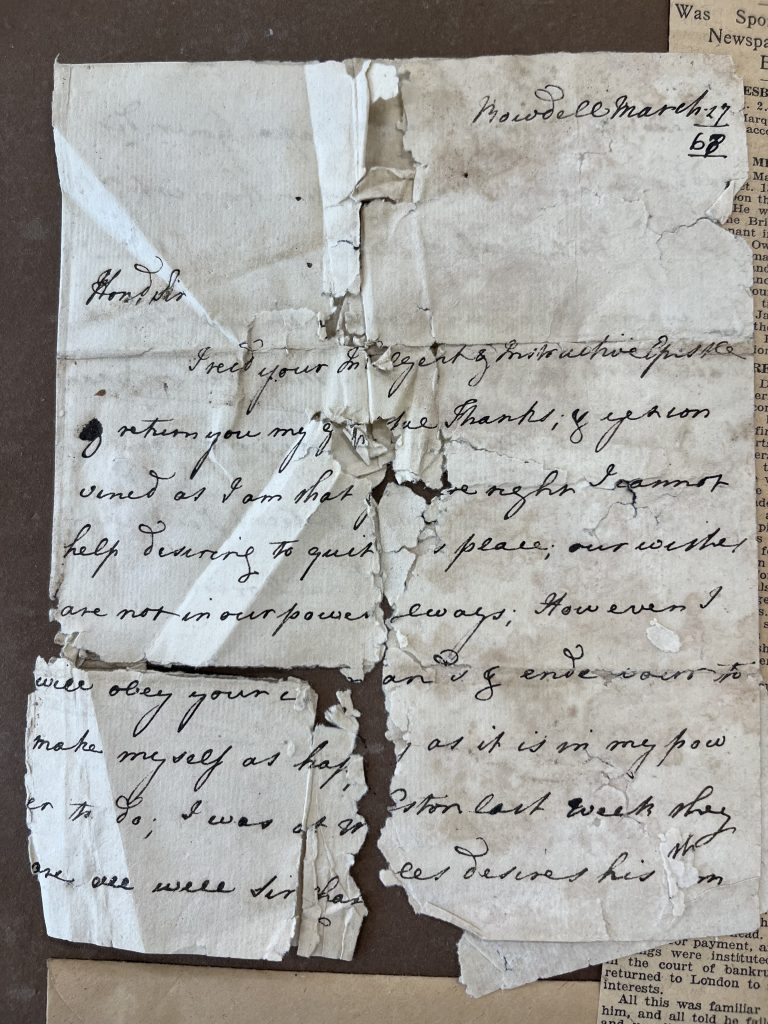
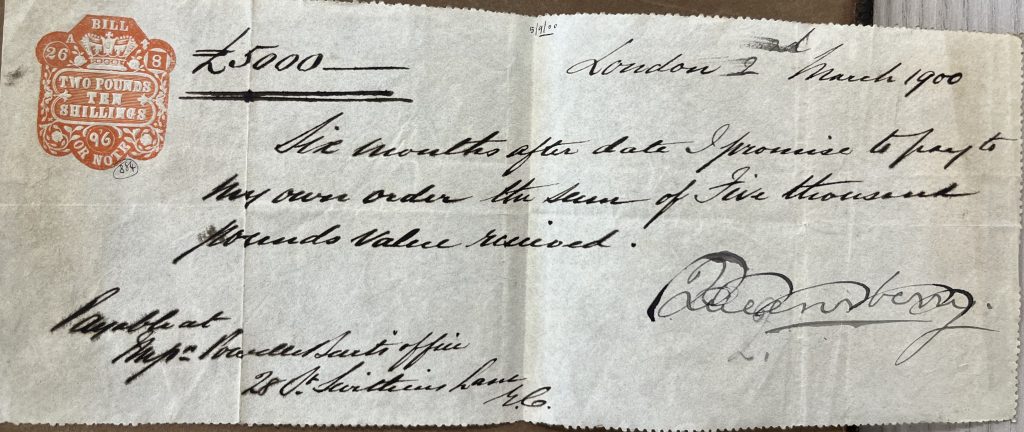











Leave a Reply
You must be logged in to post a comment.